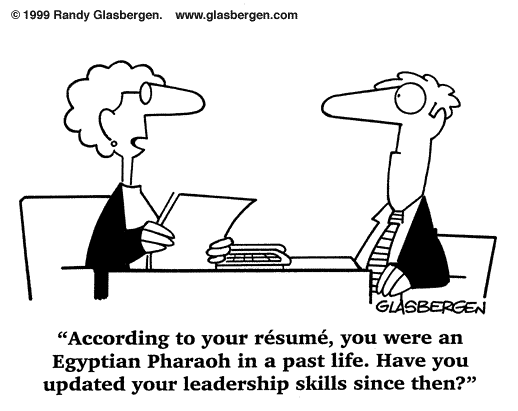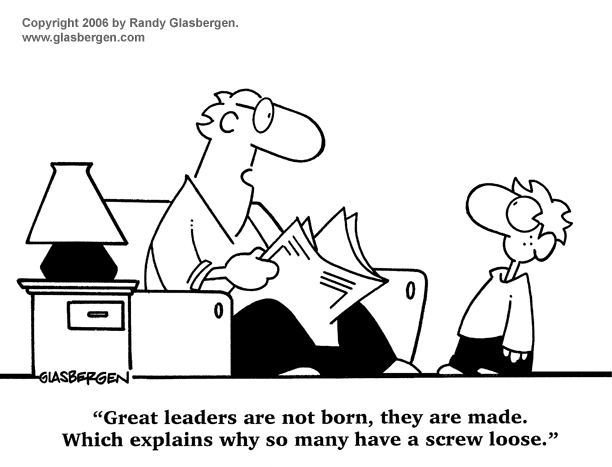Different people have different personalities, skills and strengths and so do leaders. As a result, different leaders may have different styles of leadership, each coming from different components of the leader’s emotional intelligence. The purpose of this post is to give a brief introduction to each leadership style, its impact to the organization and when the style works best.
According to Goleman (2000), there are six leadership styles:
- Coercive: A coercive leader demands immediate compliance from his followers. A phrase that can summarize this style is: “Do what I tell you”. This style should only be used (with extreme caution) in a few situations such as crisis, turnaround or dealing with problem employees. Other than that, this style should be avoided due to the fact that it may demotivate as well as reduce the morale and feelings of the followers. In general, the Coercive style is the least effective in most situations and it has negative impacts to the organization.
- Authoritative: An authoritative leader mobilizes people toward a vision. If this style can be summarized in one phrase, it will be “Come with me”. This style works well in almost any situation but it is particularly effective when changes require a new vision or when a clear direction is needed. However, this approach may fail when a leader is working with a team of experts who are more experienced than he is; they may see the leader as arrogant or out-of-touch. Generally speaking, the Authoritative style is the most effective one and it has positive impacts to the organization.
- Affiliative: An affiliative leader creates harmony and builds emotional bonds. “People come first” is the slogan of this leadership style. The affiliative style should be used when leaders try to build team harmony, increase morale, improve communication, or repair broken trust. However, this style should not be used alone since it may allow poor performance to go uncorrected as well as affiliative leaders rarely provide directions to their followers. In general, the Affiliative style has positive impacts to the organization.
- Democratic: A democratic leader forces consensus through participation. Their most popular question is “What do you think?”. The democratic style works best when a leader is himself uncertain about the best direction to take and needs ideas and guidance from able employees. And even if a leader has a strong vision, this style works well to generate fresh ideas for executing that vision. However, the disadvantages of this style can be endless meetings where ideas are mulled over, consensus remains elusive, and the only visible result is scheduling more meetings. As a result, the Democratic leadership style is not as good as other styles even though it also has positive impacts on the organization.
- Pacesetting: A pacesetting leader sets high standards for performance. We usually hear he says “Do as I do, now”. This style works well when all employees are self-motivated, highly competent, and need little direction or coordination. However, employees may feel overwhelmed by the pacesetting leader’s demands for excellence, and their morale may drop. Similar to the Affiliative style, the Pacesetting style should not be used alone and in general, it has negative impacts to the organization.
- Coaching: A coaching leader develops people for the future and he usually encourage his followers by saying “Try this”. This style works well in many situation but it is most effective when people on the receiving ends are “up for it”. In other words, the coaching style works best with employees who would like to improve their performance and want to be coached. On the contrary, the style may not work when employees are resistant to learning or when the leader lacks the expertise to help the employee. Generally speaking, the Coaching style has positive impacts to the organization.
Goleman’s research also shows that leaders with the best results do not rely on only one leadership style; they may use different style on different situations or combine them together. The more styles a leader exhibits, the better. Leaders who have mastered four or more, especially the Authoritative, Democratic, Affiliative, and Coaching styles, have the very best climate and business performance. And the most effective leaders switch flexibly among the six leadership styles as needed.
Reference:
Goleman, D., 2000. Leadership that gets results. Harvard Business Review, March-April 2006, pp.78-90.


